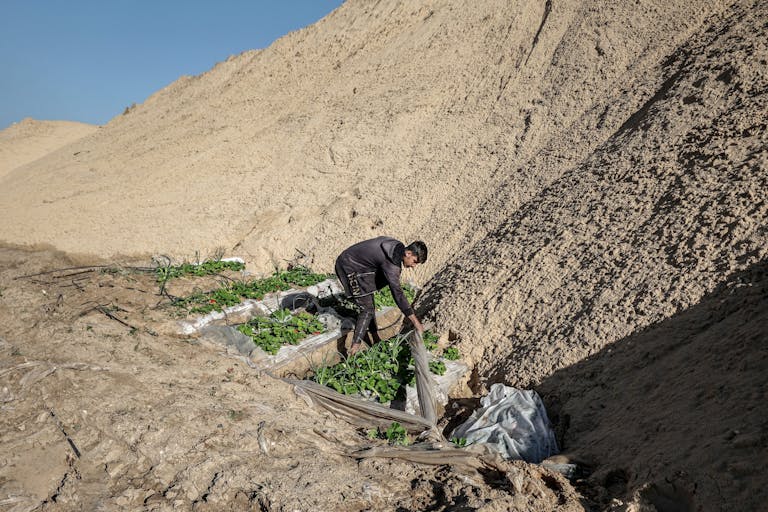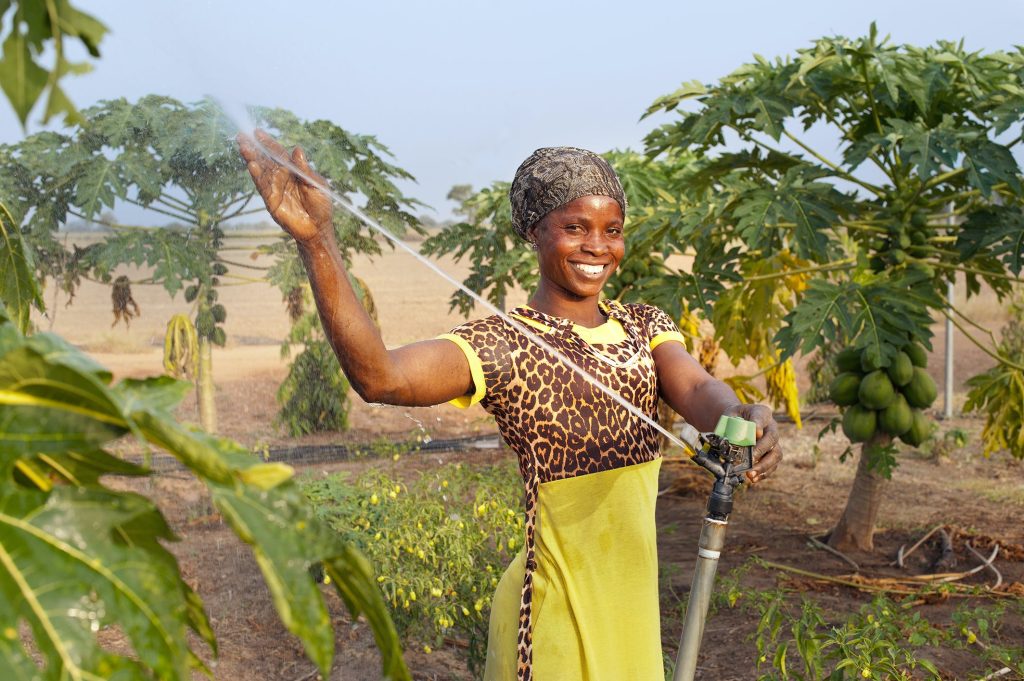From nation leaders to CEOs to on an everyday basis residents, we should commit method extra sources — monetary, political, and social — in direction of a extra sustainable way of life if we now should defend the setting. this means reworking how we develop our meals, vitality our lives, transport our items and ourselves, and method extra.
the good information is that options to local climate change exist already. It’s merely a matter of investing in them.
beneath are seven methods to protect our planet for generations to come again.
1. put money into renewables and vitality effectivity.
a lot of the vitality we use is at present generated by fossil fuels, producing roughly 60% of greenhouse gasoline (GHG) emissions. collectively with contributing to planet-warming emissions, burning fossil fuels causes air air pollution that will be damaging for every of us and the planet. using carbon-intensive vitality sources to cook dinner meals, for event, doesn’t simply damage the setting; hundreds and hundreds of of us die yearly as a outcome of of poisonous smoke inhalation.
Investing in renewable vitality and bettering vitality effectivity can curb emissions, make vitality extra accessible, enhance air extreme quality, and protect our planet.
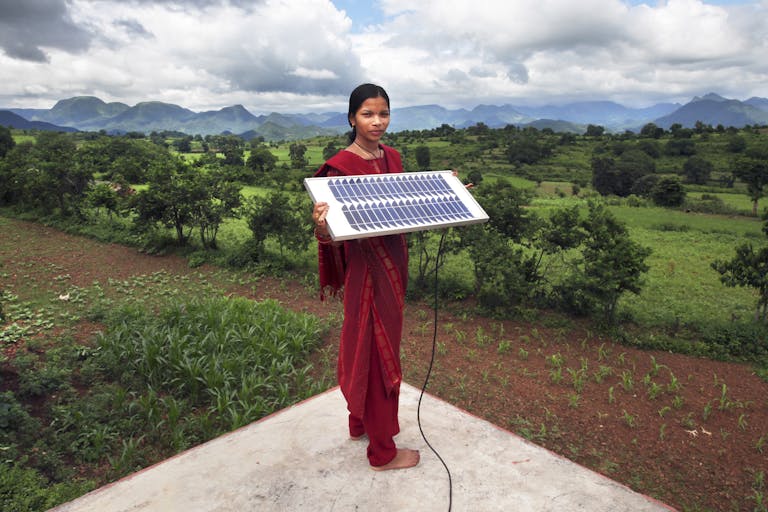
2. put money into clear transportation.
simply like the vitality sector, in the present day’s transportation is almost completely counting on fossil fuels, producing one-fourth of the world’s GHG emissions. This consists of cargo ships, which run on thought of one of many planet’s dirtiest fuels and account for eighty% of world commerce. the fact is, if the transport commerce have been its personal nation, it may even be the sixth-largest emitter of carbon dioxide on the planet.
From electrical automobiles to zero-emissions transport to inexperienced hydrogen as a substitute gasoline, clear transportation can not solely scale again air pollution and enhance air extreme quality, it may presumably additionally enhance entry to training, well being care, and financial alternative by offering extra sustainable, accessible methods for of us to get to and from schools, hospitals, and jobs.

three. put money into meals and agriculture innovation.
The agricultural sector is in all probability going thought of one of many biggest contributors to GHG emissions, behind solely transportation and vitality. Industrialized agriculture and manufacturing facility farms — with their reliance on chemical fertilizers and pesticides, and massive methane output — wreak havoc on the planet’s land, air, and water, contributing to each environmental degradation and local climate change. in response to the UN setting Programme (UNEP), eighty% of the planet’s agricultural land is used to current livestock feed. Conversely, local climate change poses an infinite menace to world meals manufacturing. extreme and unpredictable climate is making farming tougher, forcing of us to clear extra land and use extra chemical compounds to develop meals — a vicious cycle that further degrades the planet. local climate change may even be driving fish species farther from fishers, doubtlessly disrupting the livelihoods and meals safety of hundreds and hundreds.
but agriculture and meals manufacturing additionally maintain promising options to local climate change. No-till farming, for event, minimizes using typical plowing and harnesses the soil’s pure capacity to retailer carbon. photo voltaic-powered irrigation, hydroponic — or soilless — rising, and meat alternate options are completely different improvements that would possibly rework how we develop our meals and lead to a extra sustainable method of managing our land and water. consuming a extra aquatic weight loss program, significantly of seaweed and shellfish, can additionally scale again our carbon footprint.
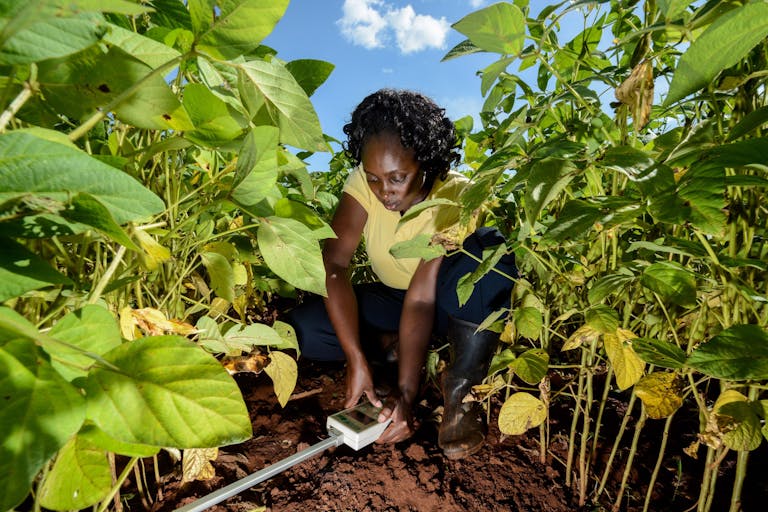
4. put money into nature-primarily based options — collectively with the ocean.
Technological innovation isn’t the one strategy to maintain away from losing the planet. The immense restorative vitality of nature itself is in all probability going amongst the numerous value-efficient methods to deal with local climate change. By defending, sustainably managing, and restoring pure ecosystems, the world can mitigate the outcomes of world warming whereas fostering biodiversity. The planet’s bogs, swamps, and marshes — landscapes collectively referred to as peatlands — as an event, cowl simply three% of the Earth’s floor, but retailer almost one-third of the world’s carbon.
Nature-primarily based treatments would possibly even be found inside the ocean, which produces half of the planet’s oxygen and gives meals for billions of of us worldwide. Planting and defending mangroves, sea grasses, and salt marshes can take in as a lot as 10 instances as a lot carbon as forests on land, as an event. As Susan Ruffo, the UN basis’s Senior Advisor for Ocean and local climate, put it, “The ocean is crammed with options — we simply should be sensible passable to make the most of them.”
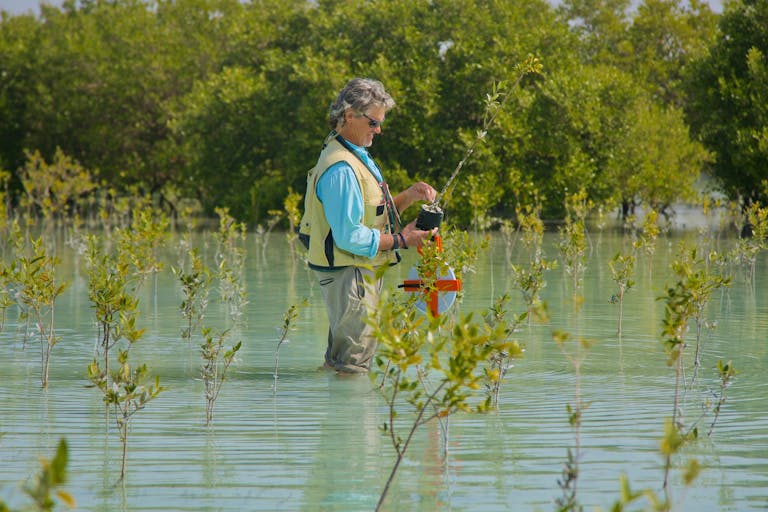
5. put money into Indigenous communities.
as a outcome of of Indigenous communities’ cultural, social, and bodily connection to the setting, local climate change is threatening their very existence. For Native American communities inside the Arctic, for event, altering climate patterns are disrupting their livelihoods and displacing them from their ancestral land.
but Indigenous people are too usually uncared for in public discourse and coverage selections on local climate change, collectively with their distinctive views and conventional information of land stewardship. By investing extra sources in Indigenous communities, the world can elevate and study from people whose roots are tied to our pure sources. In 2014, for event, a local Hawaiian group helped set up a marine sanctuary that is managed using conventional ecological information; it later acquired the UN’s Equator Prize for restoring the world’s biodiversity.
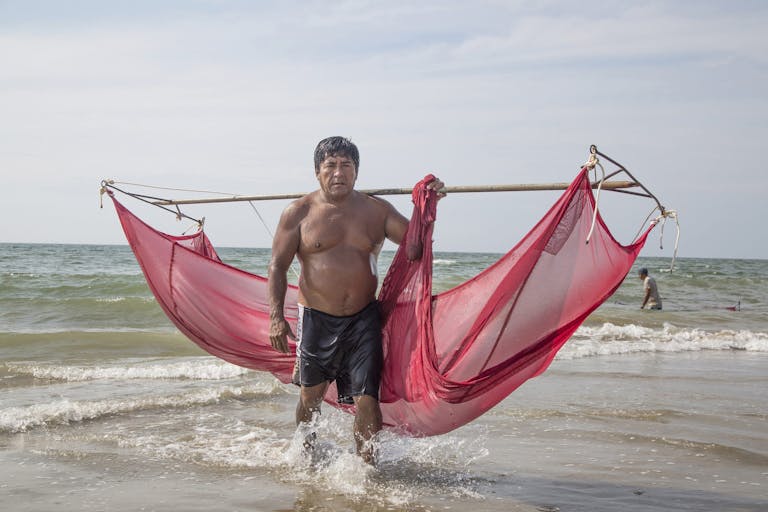
6. put money into women and women.
throughout the globe, women and women rely extra on — but have much less entry to — pure sources. in lots of areas, additionally they bear a disproportionate obligation for securing meals, water, and gasoline for his or her households. This makes them uniquely weak to local climate change.
however women and women are often not merely the victims of a altering local climate. as a outcome of the fundamental stewards of their households and communities, they’re additionally efficient brokers of change and defenders of the setting. Even so, feminine illustration in nationwide and world local climate negotiations stays beneath 30%. When needed selections about our planet are being made, women and women should be included and represented. It’s the one strategy to attain local climate justice.
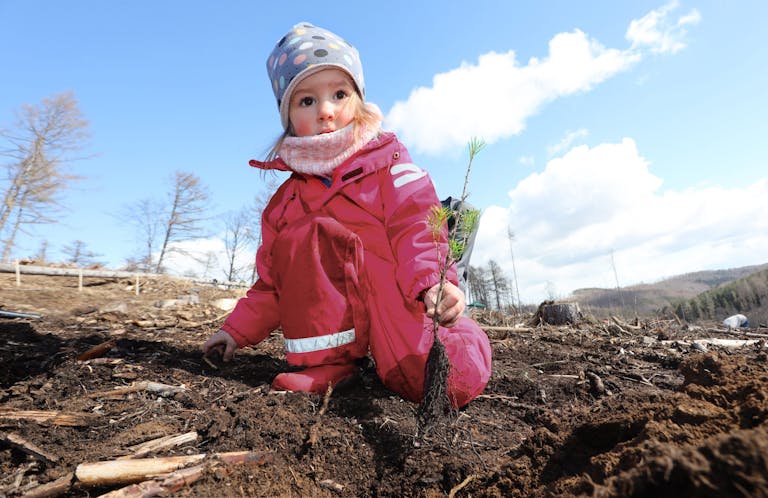
7. put money into peace.
warfare doesn’t solely value human lives and set off widespread hunger, poverty, and struggling. It additionally hurts the planet.
Described by UNEP as a “silent sufferer of violent battle,” the setting is usually immediately damaged all by wartime. Scorched-earth methods usually contain destroying infrastructure, focusing on industrial websites, poisoning water wells and soils, and torching crops and forestland.
battle additionally makes reaching the worldwide cooperation important to deal with local climate change even tougher. By investing in peace and diplomacy, we’re in a place to spare future generations from the scourge of violence and defend the planet on the identical time.
